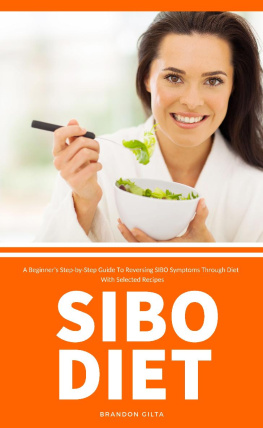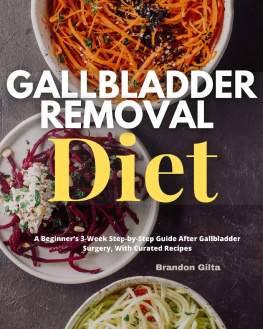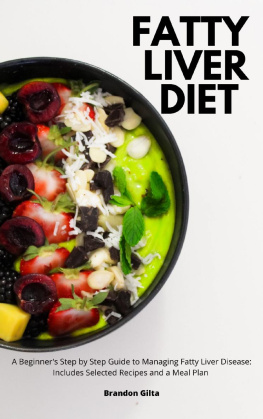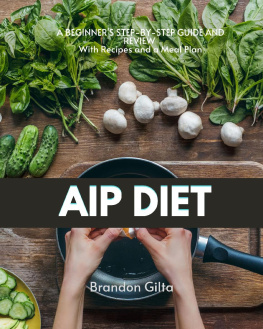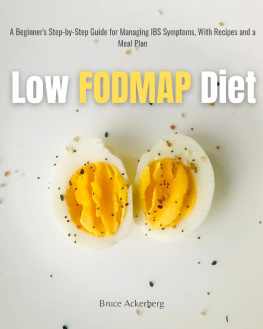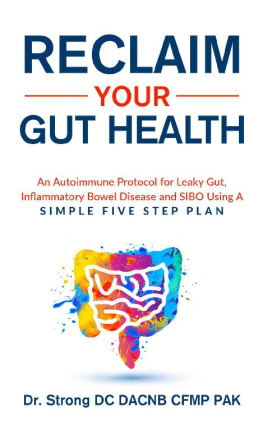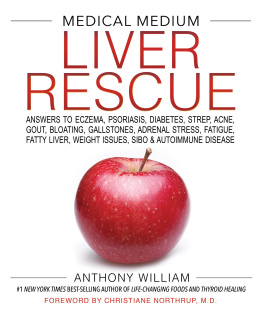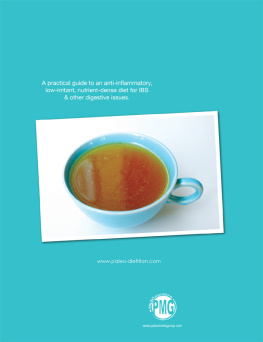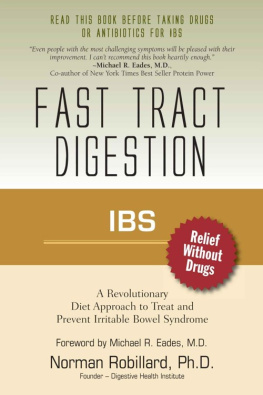Brandon Gilta - SIBO Diet: A Beginners Step-by-Step Guide To Reversing SIBO Symptoms Through Diet With Selected Recipes
Here you can read online Brandon Gilta - SIBO Diet: A Beginners Step-by-Step Guide To Reversing SIBO Symptoms Through Diet With Selected Recipes full text of the book (entire story) in english for free. Download pdf and epub, get meaning, cover and reviews about this ebook. year: 2020, publisher: mindplusfood, genre: Children. Description of the work, (preface) as well as reviews are available. Best literature library LitArk.com created for fans of good reading and offers a wide selection of genres:
Romance novel
Science fiction
Adventure
Detective
Science
History
Home and family
Prose
Art
Politics
Computer
Non-fiction
Religion
Business
Children
Humor
Choose a favorite category and find really read worthwhile books. Enjoy immersion in the world of imagination, feel the emotions of the characters or learn something new for yourself, make an fascinating discovery.
- Book:SIBO Diet: A Beginners Step-by-Step Guide To Reversing SIBO Symptoms Through Diet With Selected Recipes
- Author:
- Publisher:mindplusfood
- Genre:
- Year:2020
- Rating:5 / 5
- Favourites:Add to favourites
- Your mark:
SIBO Diet: A Beginners Step-by-Step Guide To Reversing SIBO Symptoms Through Diet With Selected Recipes: summary, description and annotation
We offer to read an annotation, description, summary or preface (depends on what the author of the book "SIBO Diet: A Beginners Step-by-Step Guide To Reversing SIBO Symptoms Through Diet With Selected Recipes" wrote himself). If you haven't found the necessary information about the book — write in the comments, we will try to find it.
Small Intestinal Bacterial Overgrowth (SIBO) is the excessive growing of bacteria in the lower part of the small intestine. Studies show that 6 to 15% of healthy, asymptomatic people have SIBO.
These bacteria are of different varieties and is normally located in the colon or large intestines. The mechanisms that regulates the balanced bacteria population in the intestines are compromised and SIBO occurs.
A person with SIBO experiences abdominal pain, diarrhea, abdominal distention or bloating which is because of too much gas in the stomach, too much belching, and constipation. When SIBO is severe, a person starts to lose weight and begins to have a vitamin deficiency.
Because of the symptoms, people commonly thought SIBO as a typical stomach disease and it is not correctly diagnosed as SIBO. According to Kresser (2016), SIBO is a largely under-diagnosed disease. Patients do not usually consult when they have symptoms and most Doctors are not aware how common SIBO is.
The symptoms of SIBO are difficult to minimize and treat. Firstly, because it is directly connected to the persons diet. One might attempt to consume probiotic drinks or eat fibrous vegetables for good digestion, but this might worsen the symptoms instead. Unlike the traditional knowledge we have with food and our stomach, the diet to reverse SIBO is completely different.
This book will show you that some of the common foods we eat, although they are nutritious, can worsen the symptoms of SIBO. You might want to pay attention to the details of each chapter if you happen to be experiencing the symptoms of SIBO. Weekly to do lists and recipes are provided to guide you in reversing its symptoms.
In this guide, you will discover...
Background information about SIBO
How to limit foods with FODMAPs
How fasting plays a role
Which beverages and diet supplements to take
How to reintroduce food and make appropriate lifestyle changes
A selection of curated recipes to help you combat SIBO symptoms
Brandon Gilta: author's other books
Who wrote SIBO Diet: A Beginners Step-by-Step Guide To Reversing SIBO Symptoms Through Diet With Selected Recipes? Find out the surname, the name of the author of the book and a list of all author's works by series.

